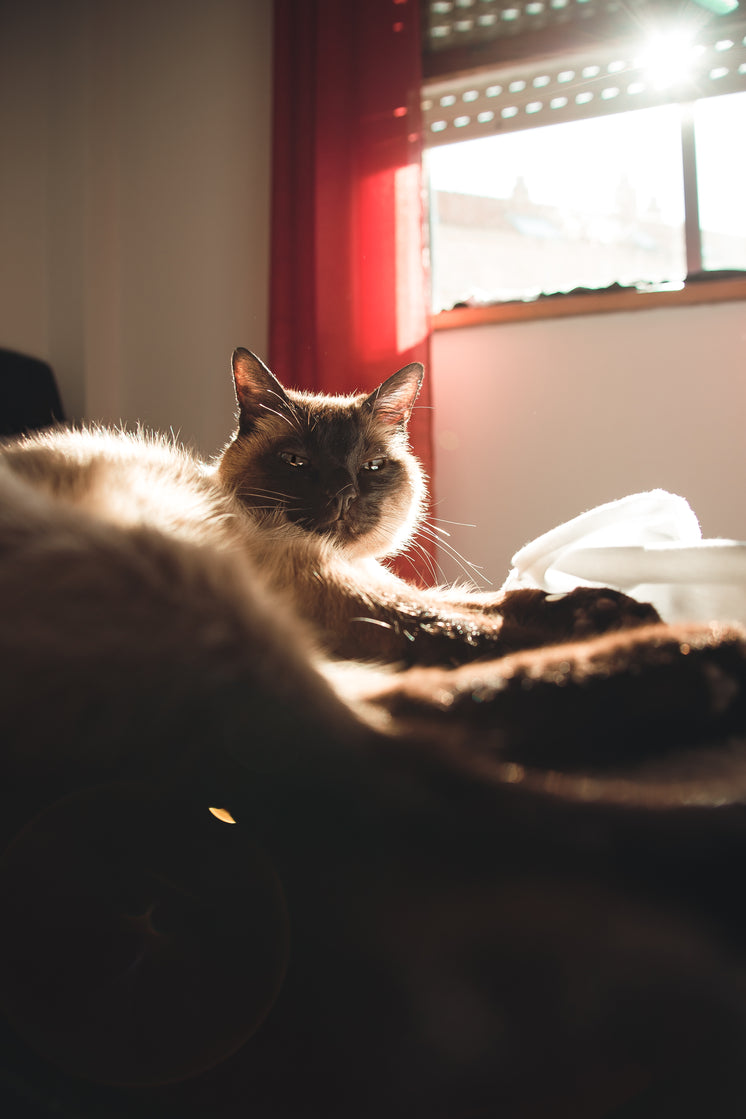
Cat litter and litter boxes play an essential role in the lives of both felines and their owners. From the humble beginnings of sand and soil to the innovative developments these days, the world of cat litter has actually evolved significantly. In this extensive guide, we explore every element of cat litter and litter boxes, exploring their history, types, advantages, obstacles, and whatever in between.
The history of cat litter go back centuries, with ancient civilizations utilizing sand, soil, and even ashes as primitive litter products. Nevertheless, it wasn't till the mid-20th century that modern-day cat litter as we know it emerged. In 1947, Edward copyright introduced the world's very first business cat litter made from absorbent clay, revolutionizing the way cats relieved themselves indoors. Since then, cat litter has undergone numerous transformations, with the intro of clumping litter, silica gel litter, biodegradable options, and more.
Today, feline owners are ruined for option when it concerns selecting the right litter for their feline companions. Standard clay litter stays popular for its cost and effectiveness in taking in odors. Clumping litter, which forms solid clumps when wet, streamlines cleaning and maintenance. Silica gel litter, composed of extremely absorbent silica crystals, uses exceptional odor control and longevity. Biodegradable alternatives, such as recycled paper, wood pellets, corn, and wheat, interest ecologically conscious consumers.
Each kind of cat litter uses distinct advantages. Clay litter masters its capability to take in moisture and control odors, making it a trusted option for numerous cat owners. self cleaning cat litter box Clumping Covered Litter Boxes litter streamlines everyday scooping and extends the time between total litter modifications. Silica gel litter offers exceptional smell control and can last longer between replacements. Biodegradable litters use a sustainable option that reduces environmental effect.
While cat litter improves indoor feline health, it is not without its difficulties. Dust from clay litter can position breathing dangers for both felines and people, prompting the appeal of dust-free alternatives. Some felines may develop litter box hostility due to issues with texture, scent, or tidiness, necessitating experimentation with various litters and box configurations. Multi-cat households might require tactical litter box placement and regular maintenance to avoid territorial conflicts and make sure all cats have access to tidy facilities.
Choosing the appropriate litter box is necessary for promoting positive litter box routines and general feline wellness. Elements to think about include size, availability, and design choices. Covered litter boxes provide personal privacy and help include odors, but some felines may discover them confining or daunting. Open-top litter boxes offer simple gain access to and exposure however might result in more litter scatter. Automatic self-cleaning litter boxes simplify maintenance however need regular tracking and maintenance.
Appropriate litter box upkeep is crucial for guaranteeing a tidy and inviting environment for both felines and their owners. Daily scooping removes waste immediately, decreasing odor and preventing litter box aversion. Regular litter replacement, normally every 1-2 weeks, prevents bacterial buildup and maintains ideal absorbency. Extensive cleaning with mild cleaning agent and water, cat litter robot avoiding harsh chemicals that might hinder cats from using package, should be performed monthly.
Cat litter and litter boxes play a main function in fostering a healthy and harmonious relationship in between felines and their human buddies. With a diverse range of litter alternatives and litter box styles available, feline owners have the versatility to customize their choices to suit their cats' choices and family requirements. By understanding the development, types, benefits, and difficulties of cat litter and litter boxes, family pet owners can supply their feline friends with a comfortable and hygienic indoor environment.